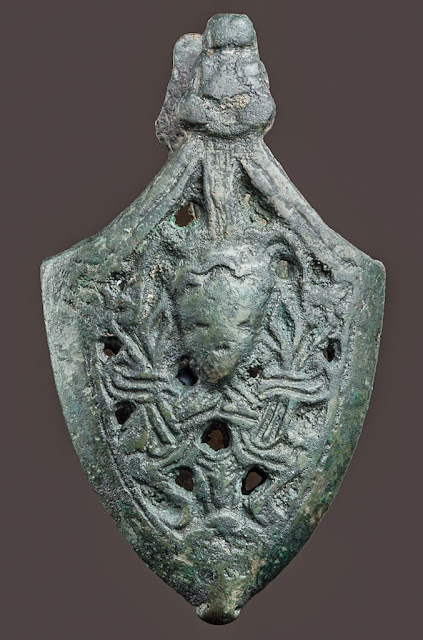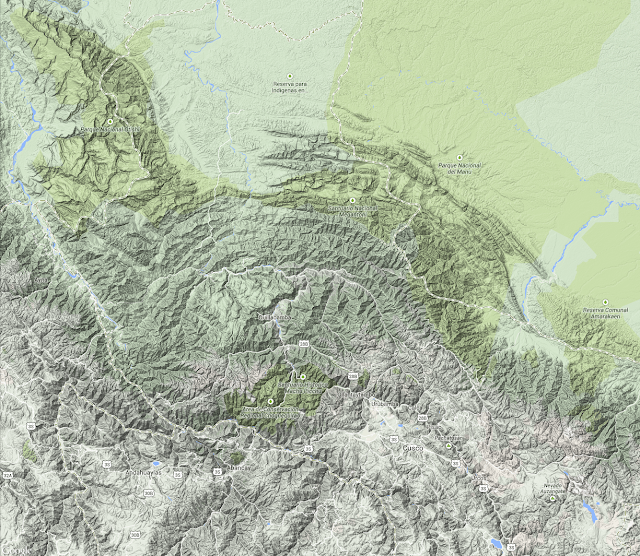An Ancient Stave Church in the Fjords and an Archetype of Viking Age Art

Perhaps the most iconic piece of Viking Age art is the carved decoration on the Urnes stave church , the main exemplar of the late Viking Urnes art style. Finding myself in Norway for work, I planned a weekend trip to Sogndal and surroundings, in the upper reaches of Sogneforden, with the Urnes church being the main objective. The celebrated late Viking Age Urnes style art of the Urnes stave church. A flight from Stavanger to Bergen and then another on to Sogndal (after some delays due to weather) delivered me to the area. Before coming in to land, I had a view in the winter dusk of Nærøyfjorden , famous UNESCO world heritage site. Seen in the Google earth image below, this area, at the very head of the mighty Sogneford, seems to have an epic setting. I was excited to see what this would look like from ground level. Sognefjorden with Lustrafjorden and the Urnes stave church in its upper reaches. Zooming in, this is the area in the upper reaches of Sogneforden


